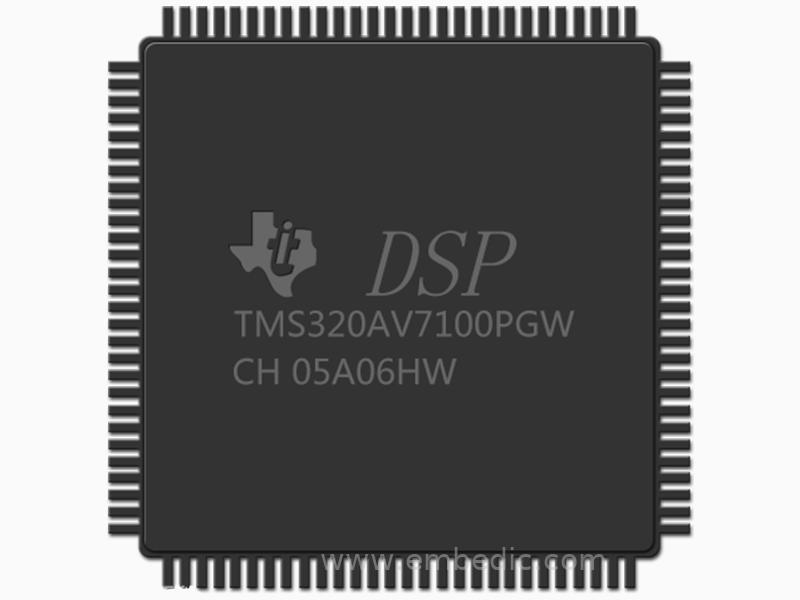DSP chip is a chip capable of realizing digital signal processing technology. The inside of the DSP chip adopts the Harvard structure with separate program and data, has a dedicated hardware multiplier, widely adopts pipeline operation, and provides special DSP instructions, which can be used to quickly implement various digital signal processing algorithms and adapt to multi-scene application requirements .
The rapid development of the times has created conditions for the development of DSP chips. Since the 1960s, with the rapid development of computer and information technology, digital signal processing technology has emerged and has been further developed. Before the advent of DSP chips, digital signal processing could only be done by microprocessors. However, due to the low processing speed of the microprocessor, it cannot meet the high-speed real-time requirements of the increasing amount of information. Therefore, the application of faster and more efficient signal processing has become an increasingly urgent social demand.
DSP chips have been developing rapidly since their birth, thanks to the development of integrated circuits on the one hand, and the huge market on the other. In just a few decades, DSP chips have been widely used in many fields such as communications, radar, imaging, military, instrumentation, automation, and signal processing.

How is the DSP chip used specifically? For example, the DSP chip is used in the field of industrial robots, which is equivalent to acting as a joint. With DSP control, the robot reacts more quickly and moves more accurately. Industrial robots need to process a large amount of data in their work. As the application of industrial robots becomes more widespread and popular, there are more and more applications of DSP chips in this area, and the importance, economy and practicality will be reflected.
In fact, as the scale of the information technology industry represented by big data, cloud computing, Internet of Things, and artificial intelligence continues to increase, it is widely used in industries such as network equipment, power electronics, industrial control, and smart home.
Some analysts believe that reducing the size of DSP chips has always been the development trend of DSP technology. Currently, RISC-based structures are more commonly used. With the introduction of new process technologies, more and more manufacturers have begun to improve DSP cores and DSP cores. The degree of nuclear integration will become higher and higher.
In addition, among the DSP devices currently on the market, 16-bit fixed-point programmable DSP devices dominate the mainstream products. In the next few years, as the cost of DSP fixed-point computing devices continues to decrease, the advantages of smaller and smaller energy consumption will become increasingly obvious. In the future, fixed-point DSP chips are expected to continue to play the leading role in the market.
Manufacturer: Microchip
IC MCU 8BIT 1.5KB OTP 8SOIJ
Product Categories: 8bit MCU
Lifecycle:
RoHS:
Manufacturer: Analog Devices
IC DSP CTRLR 16B W/CODEC 289BGA
Product Categories: 16bit DSP
Lifecycle:
RoHS:
Manufacturer: Texas Instruments
IC DSP FLOATING POINT 256BGA
Product Categories: DSP
Lifecycle:
RoHS:
Looking forward to your comment
Comment